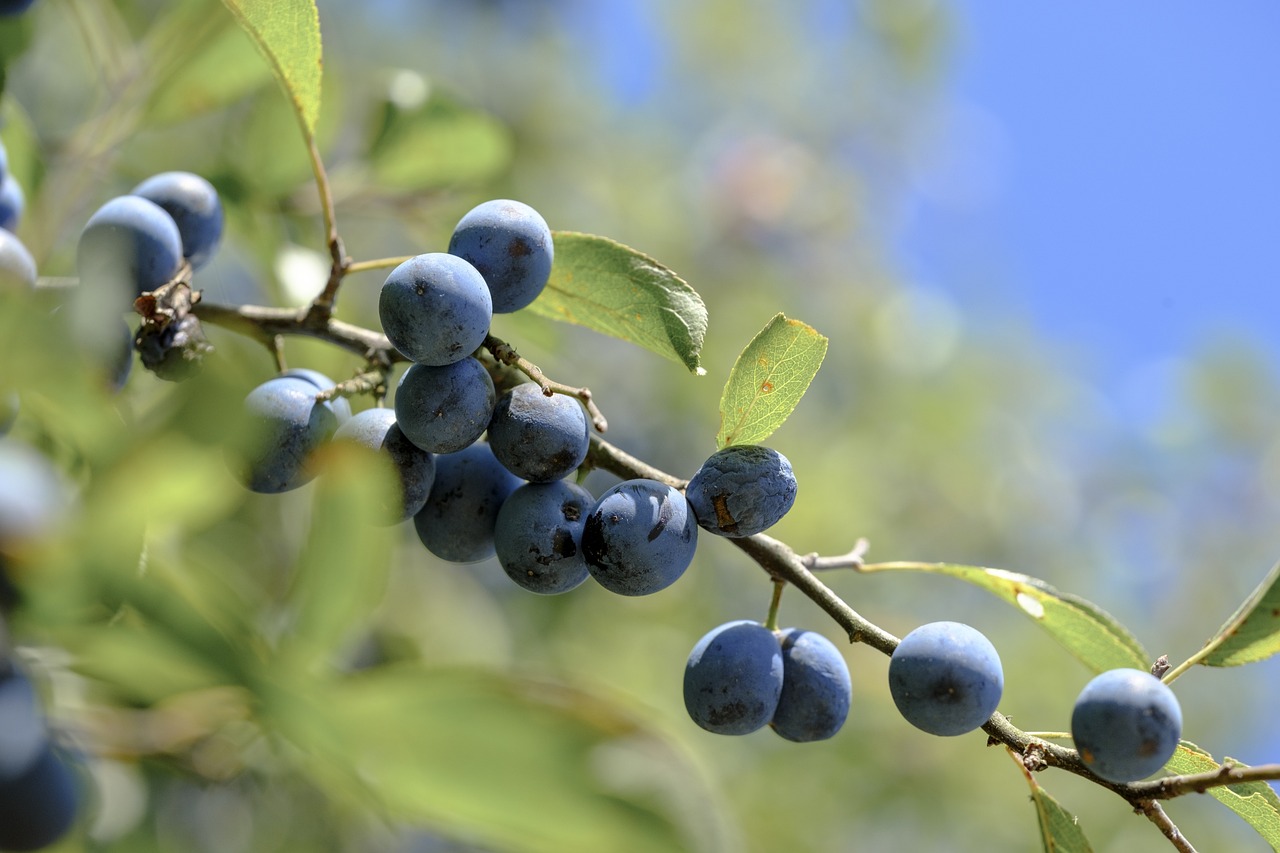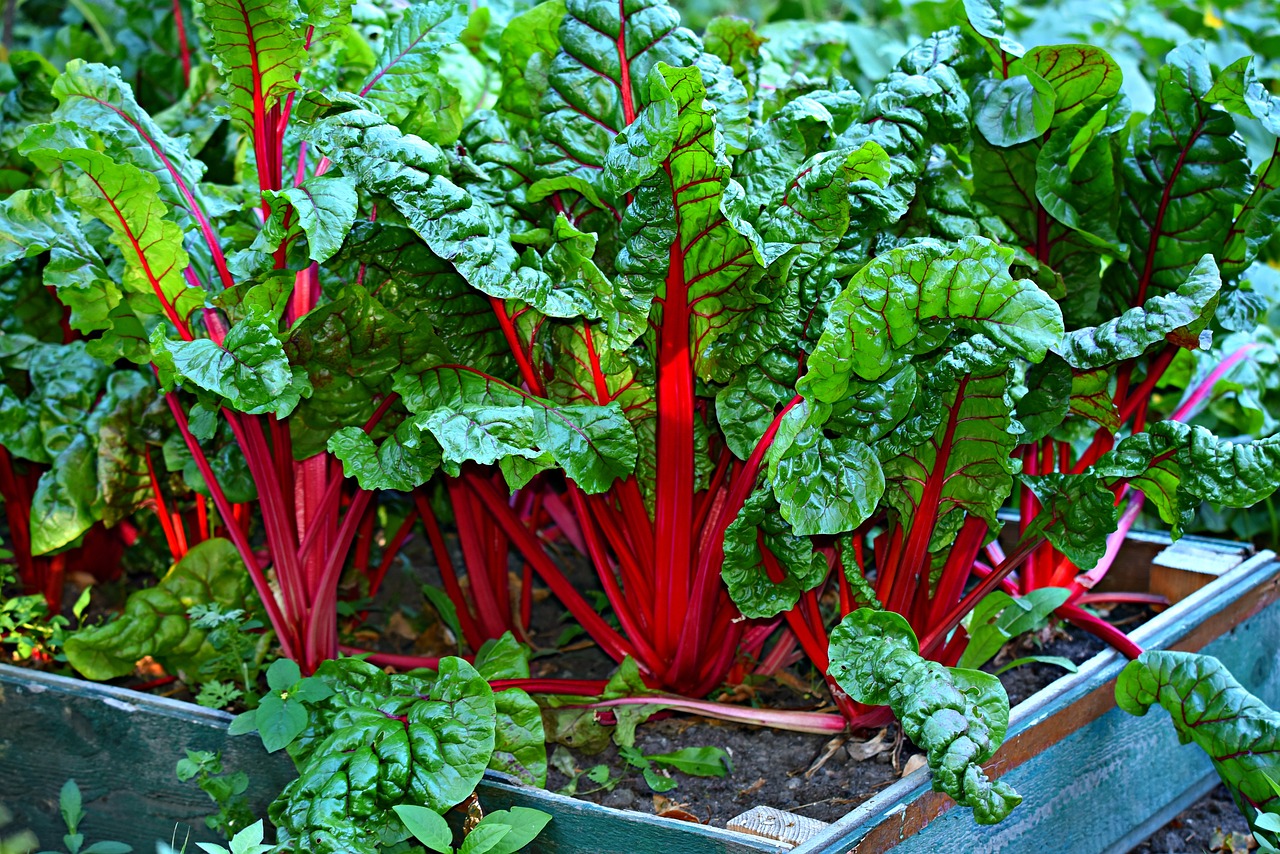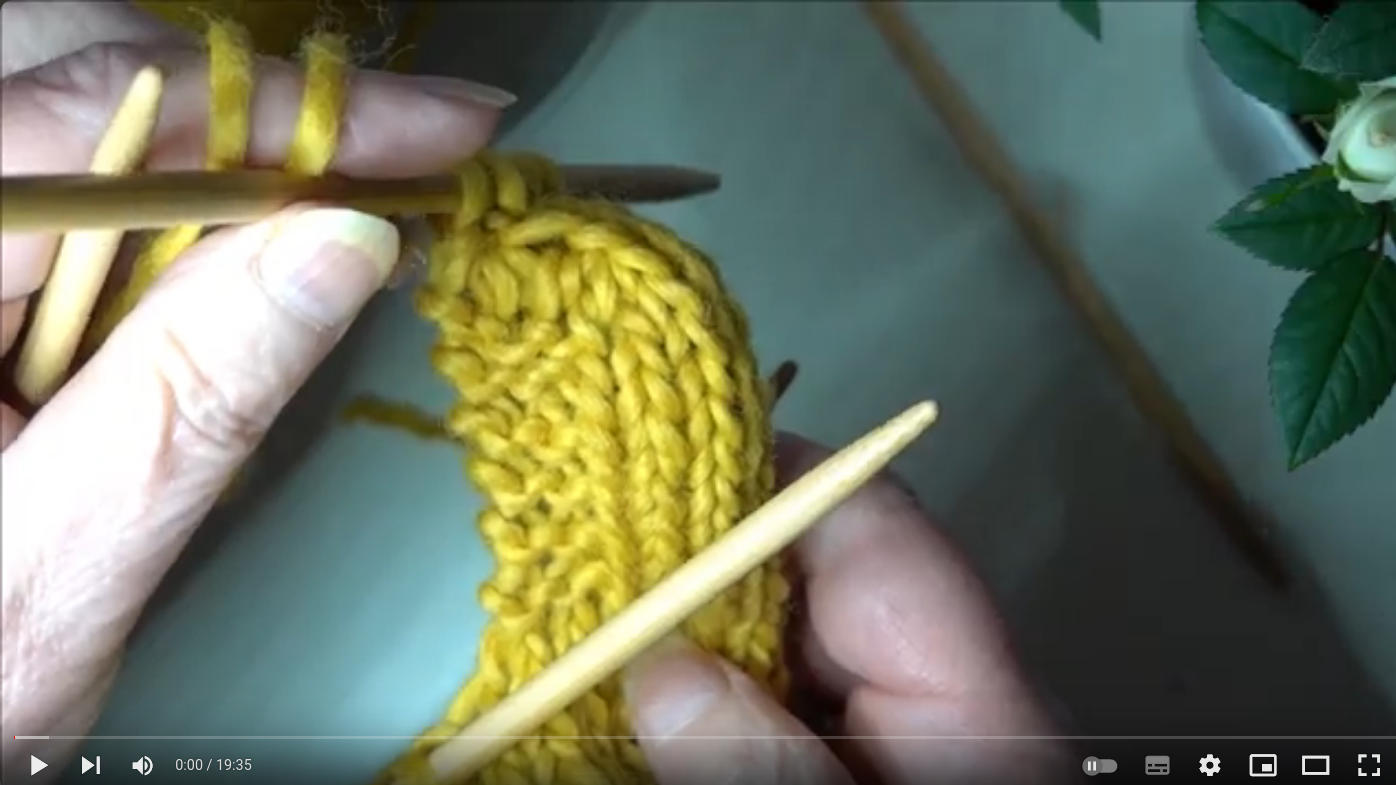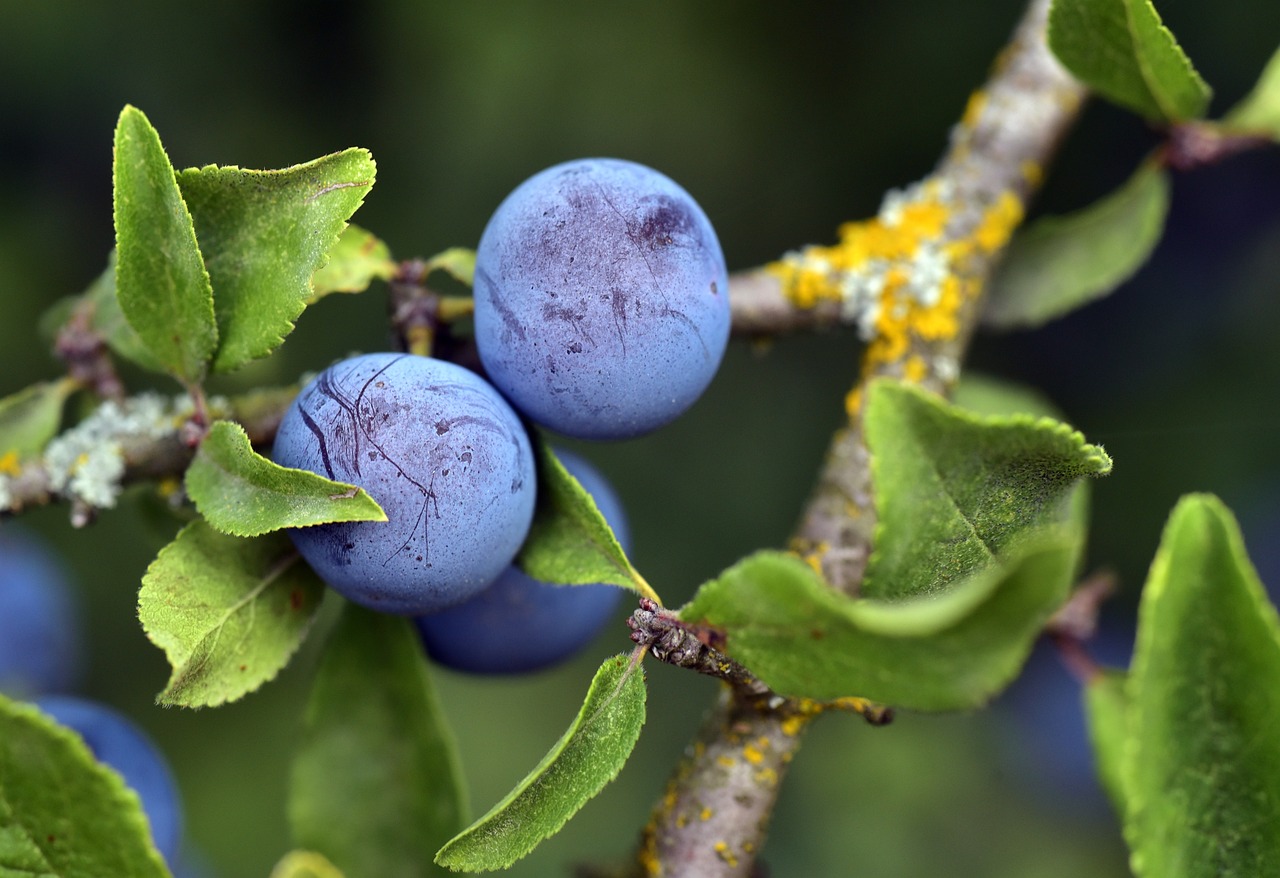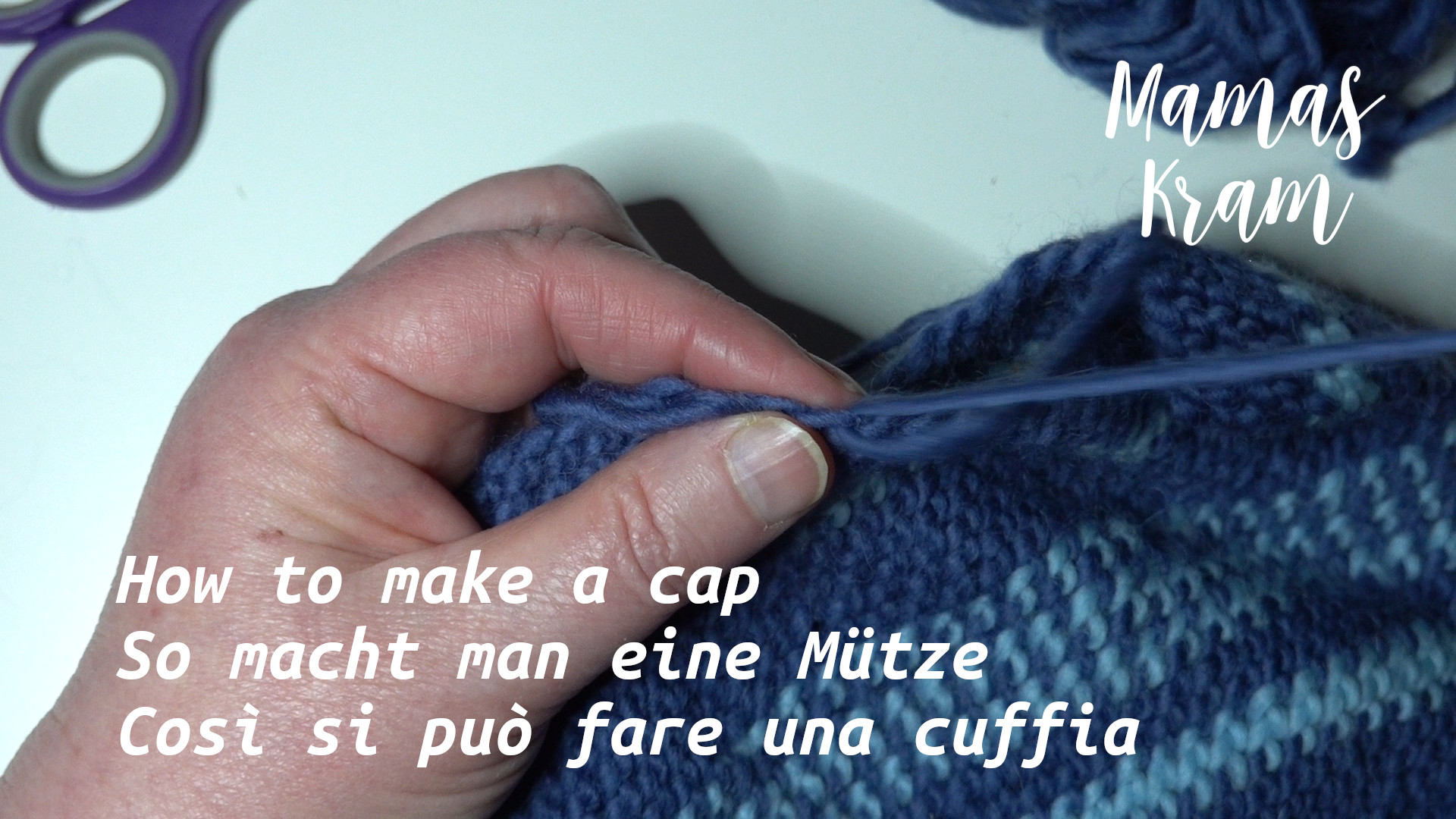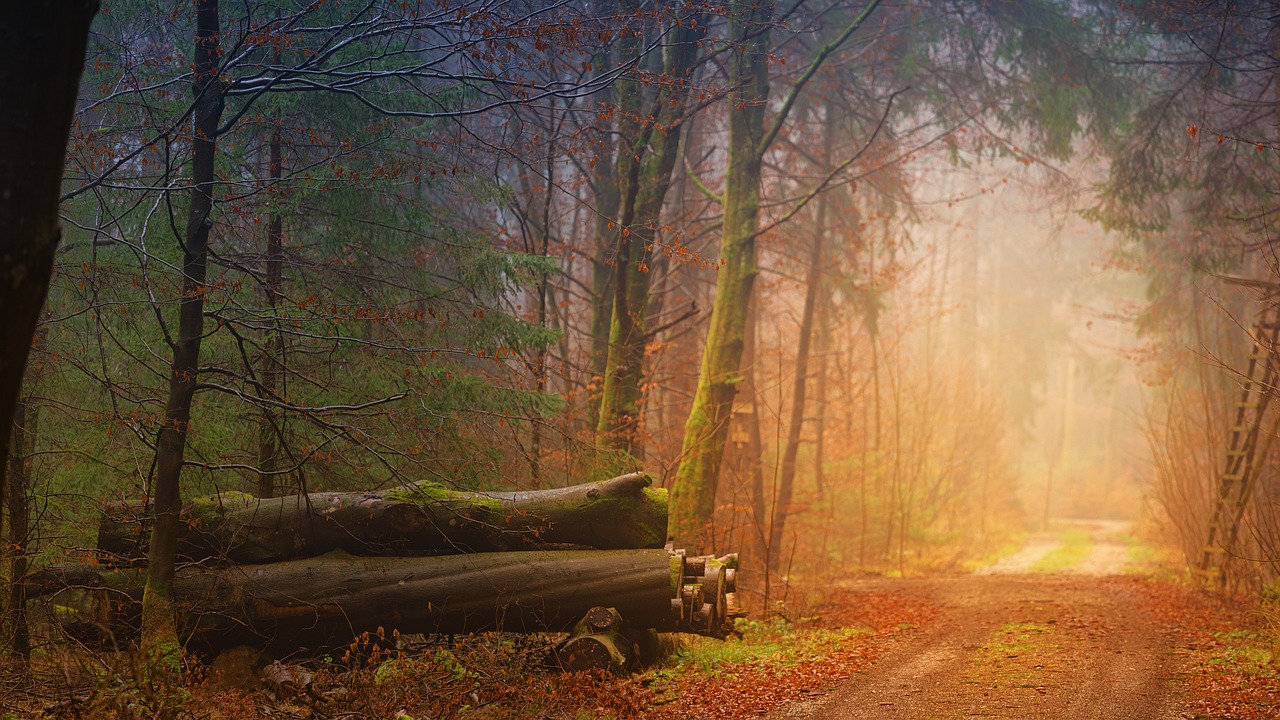
Bauernregeln nach Gustav von Horn, Die Kunst des Wetterprophezeihens (1869)
- Bringt der Oktober viel Frost und Wind, so sind Januar und Hornung gelind.
- Viel Regen im Oktober, die Winde im Dezember.
- Oktober-Donner ist fürwahr, noch besser als donner im Januar.
- Ist der Oktober kalt, so hat das nächste Jahr wenig Raupen.
- Wenn der Eichbaum noch sein Laub behält, so folgt im Winter strenge Kält.
- Sitzt das auf noch fest auf dem Baum, fehlt ein strenger Winter kaum.
- Wenn die Wildgänse unsere Gegend fliehen, so wird der Winter schnell heranziehen.
- Wenn es im Oktober friert und schneit, bringt der Jänner milde Zeit; wenn’s aber donnert oder wetterleuchtet, der Winger dem April an Laune gleichet.
- Oktober-Himmel voller Sterne, hat man warme ofen gerne.
- Wenn die Buchenfrüchte geraten wohl, Nuß- und Eichbäume hängen voll, so folgt ein harter Winter drauf, und lässt der Schnee mit großem Hauf.
- Viele Nebel im Herbst deuten auf einen schneereichen Winter.
- Fällt der erste Schnee in Dreck, bleibt der Winter ein Geck.
- Heller Herbst, windiger Winter.
- Wenn man im Oktober des Abends die Schafe mit Gewalt forttreben muss, so soll es Regen oder Schnee bedeuten.
- Vor Gallus (16) muss das Gartenwerk, das im nächsten Jahr eher der Kukuk schreit, Samen tragen soll, in den Keller.
- St. Gallen läßt den Schnee fallen.
- Um St. Gall bleibt die Kuh im Stall.
- Regnet es am St. Gallus-Tag nicht, es im nächsten Frühjahr an Regen gebricht.
- Wenn St. Gallus die Butter trägt, für den Wein dann ein schlechtes Zeichen schlägt.
- St. Gallen Wein, Bauern-Wein.
- Wenn Gallius kommt, hau ab dek Kobl (Kraut). Er schmeckt im Winter trefflich wohl.
- Auf St. Gallustag Muß der Apfel in den Sack.
- St. Gall hol die Rüben all.
- Um Ursula (21) muss das Kraut hinein, sonst schneien Simon Judas (28) drein.
- Wenn Simon und Judas vorbei, rückt der Winter herbei.
- Warmer Oktober – kalter Februar.
- Wie der Oktober, so der nächste März.
Weitere Bauernregeln für den Oktober:
- Wenn’s im Oktober friert und schneit, bringt der Jänner milde Zeit.
- Oktoberregen verspricht ein Jahr voller Segen.
- Regen an Sankt Remigius (1. Oktober) bringt für den ganzen Monat Verdruss.
Sollten Dir irgendwelche alten Bauernregeln für den Oktober einfallen, dann schreibe sie mir doch in die Kommentare. Ich nehme sie dann unter weitere Bauernregeln mit auf.
